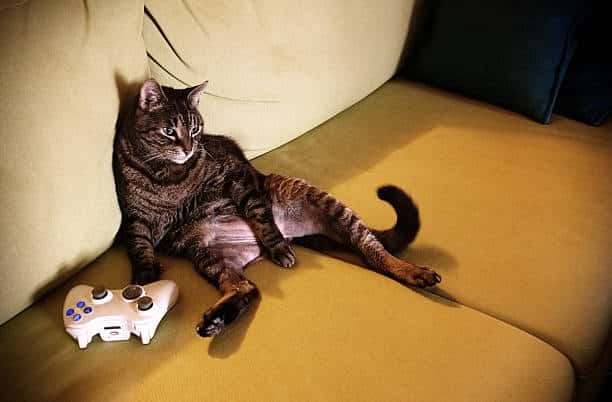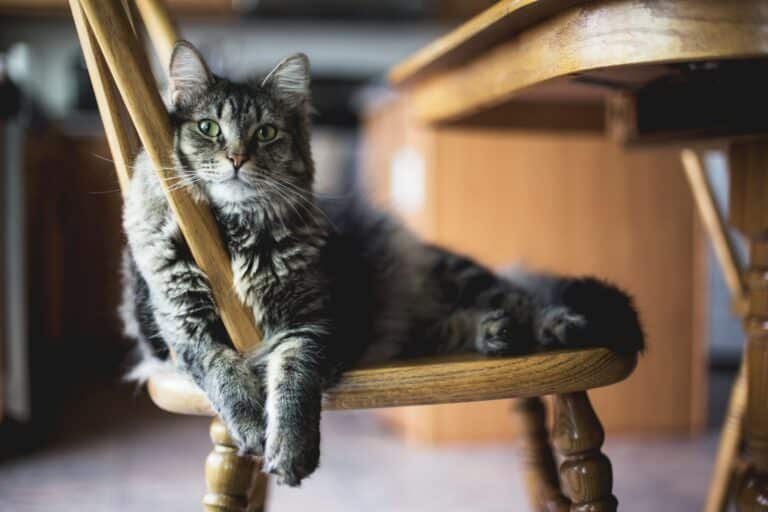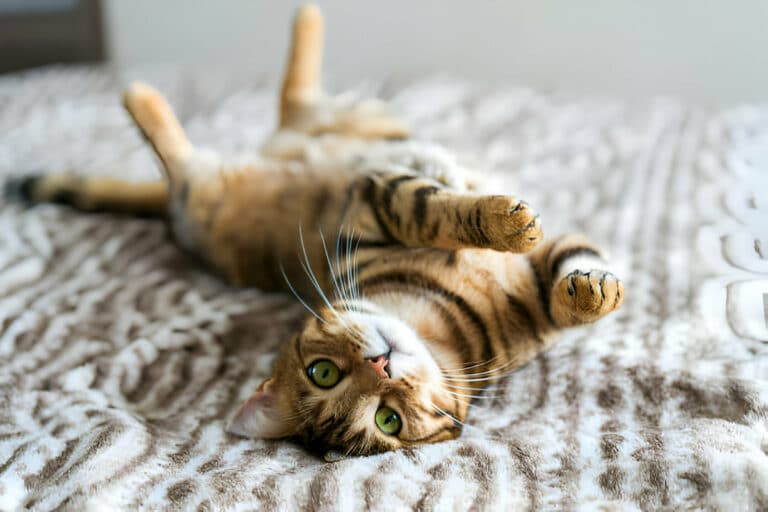Training Techniques To Modify And Improve Your Cat's Behavior
Training your feline companion can be a rewarding experience that leads to a well-behaved and content cat. By understanding and utilizing effective training techniques, you can modify your cat’s behavior and address any issues you may be facing. From positive reinforcement to environmental enrichment, there are various methods you can employ to shape your cat’s behavior and enhance your bond with them. In this blog post, we will explore a range of training techniques to help you better understand and communicate with your cat, ultimately leading to a harmonious and fulfilling relationship.
Understanding Cat Behavior
Basics of Feline Psychology
For an effective training session with your cat, it is crucial to have a basic understanding of feline psychology. Cats are independent and territorial animals by nature. They have specific communication cues and behavior patterns that can be influenced by their environment and social interactions.
Recognizing and Interpreting Cat Signals
Behavior plays a significant role in how cats communicate their needs and emotions. Recognizing and interpreting these signals is key to understanding your cat’s behavior. From vocalizations to body language, cats use a variety of signals to express themselves. Paying attention to these cues can help you establish a better bond with your furry friend and address any behavior issues effectively.
Foundational Training Principles
Establishing Trust and Rapport
Even before entering into specific training techniques, it is crucial to establish a foundation of trust and rapport with your cat. Cats are sensitive animals and building a strong bond based on trust is key to successful training. Spend quality time bonding with your cat through gentle petting, interactive play, and positive reinforcement. This will create a strong connection between you and your feline companion, making them more receptive to training.
Consistency and Patience in Training
Foundational to any cat training endeavor is the principle of consistency and patience. An integral part of modifying your cat’s behavior is maintaining a consistent training routine. Cats thrive on predictability, so ensure that rules and expectations remain constant. Additionally, patience is vital as cats may not pick up new behaviors immediately. Stay calm, be persistent, and provide ample positive reinforcement to encourage desired behaviors.
Understanding the need for consistency and patience in training will set the tone for a successful training journey with your cat. Consistency involves enforcing rules consistently and repeatedly so that your cat learns what is expected of them. Patience is crucial as cats may take time to understand and comply with your commands. By maintaining a calm and patient attitude throughout the training process, you will foster a positive learning environment for your cat.
Behavior Modification Techniques
Positive Reinforcement Strategies
Reinforcement is key when it comes to modifying your cat’s behavior. Positive reinforcement involves rewarding good behavior with treats, pets, or playtime. Cats are more likely to repeat behaviors that result in a positive outcome, so be consistent with your rewards to encourage desirable actions. For example, when your cat uses the scratching post instead of the furniture, praise them and offer a treat to reinforce this behavior.
Addressing and Redirecting Problem Behaviors
With problem behaviors, it’s important to address the underlying cause and redirect your cat towards more appropriate actions. If your cat is scratching the furniture out of boredom, provide them with interactive toys or create a scratching post near the furniture. Redirect their energy towards activities that are acceptable and engaging for them.
Techniques such as environmental enrichment, clicker training, and behavior modification games can also help in addressing and redirecting problem behaviors. By understanding your cat’s needs and implementing these techniques consistently, you can effectively modify and improve their behavior over time.
Advanced Training Methods
Despite their reputation for independence, cats are highly trainable creatures. Advanced training methods can help enhance their behavior and enrich their lives. Below are some effective techniques to take your cat training to the next level:
- Clicker Training
- Leash and Outdoor Adventure Training
Clicker Training for Cats
On the topic of clicker training, this method involves using a clicker to mark desired behaviors and then rewarding the cat with treats. By associating the click sound with a reward, cats can quickly learn new behaviors and tricks. Consistency and positive reinforcement are key in clicker training to ensure success.
Leash and Outdoor Adventure Training
Cats are known for their love of exploration, and leash training can provide them with safe outdoor experiences. By introducing your cat to a harness and leash gradually, you can teach them to walk on a leash and enjoy supervised outdoor adventures. This training not only promotes physical exercise but also mental stimulation for your feline friend.
Maintaining Progress and Preventing Regression
Routine and Environmental Enrichment
Progress can be maintained by establishing a consistent routine for your cat. Cats thrive on predictability and stability, so feeding, playtime, and litter box cleaning should occur at the same times each day. Environmental enrichment is also crucial to preventing regression in behavior. Provide your cat with interactive toys, scratching posts, perches, and hiding spots to stimulate their natural behaviors and keep them mentally and physically active.
Continued Engagement and Challenges
Progress in modifying and improving your cat’s behavior requires continued engagement and challenges. Keep your cat’s mind sharp by introducing new types of puzzles and games that encourage problem-solving and physical activity. Challenge them with new tricks or tasks to prevent boredom and regression. Providing variety in their environment and interactions will help keep your cat engaged and responsive to training techniques.
To maintain progress and prevent regression in your cat’s behavior, it is important to stay consistent with your training techniques and provide ongoing mental and physical stimulation. By establishing a routine, offering environmental enrichment, and introducing new challenges, you can help your cat continue to behave positively and thrive in their daily life.
Summing up
Taking this into account, utilizing effective training techniques can significantly modify and improve your cat’s behavior. By incorporating positive reinforcement, consistency, and patience, you can successfully address various behavioral issues and enhance your bond with your feline companion. Remember to tailor the training methods to suit your cat’s individual needs and personality, and always seek the guidance of a professional if needed. With dedication and the right approach, you can cultivate desirable behaviors in your cat and create a harmonious environment for both of you to thrive in.
FAQ
Q: Why is it important to train your cat?
A: Training your cat is important as it helps to modify and improve their behavior. It can enhance their quality of life, strengthen your bond with them, and make living together more harmonious.
Q: What are some effective training techniques for cats?
A: Some effective training techniques for cats include positive reinforcement, clicker training, desensitization, and counterconditioning. These methods focus on rewarding desirable behaviors and ignoring or redirecting undesirable ones.
Q: How can I address common behavior issues in cats through training?
A: You can address common behavior issues in cats such as scratching furniture, aggression, and inappropriate elimination through training. By providing appropriate outlets for scratching, socializing your cat, and establishing a consistent litter box routine, you can modify these behaviors and improve your cat’s overall conduct.







